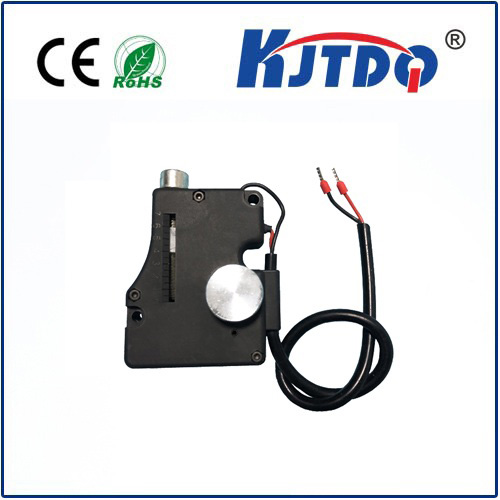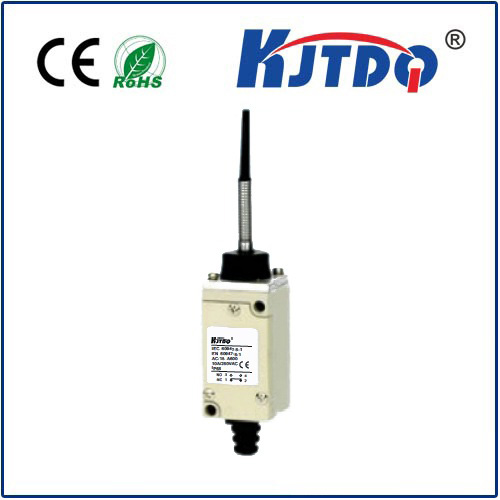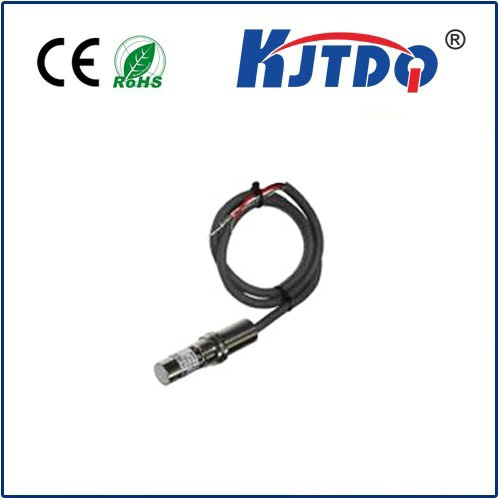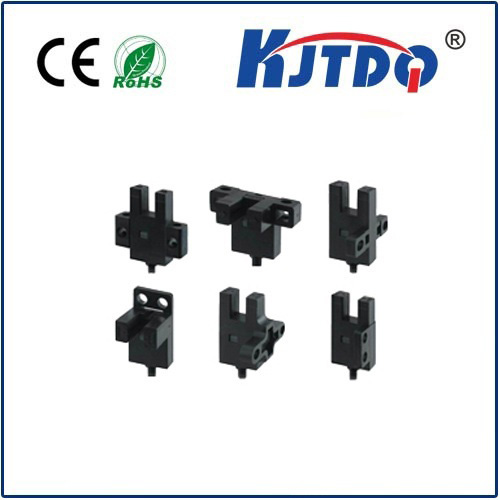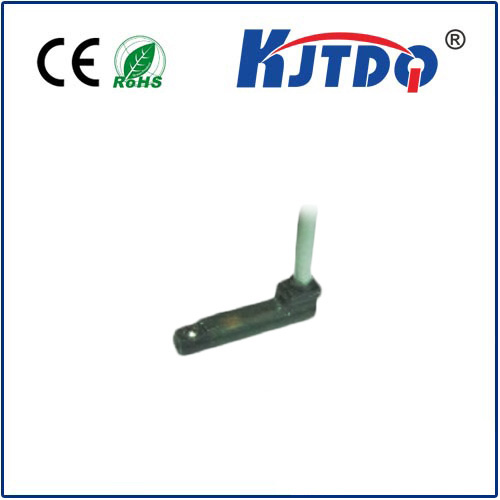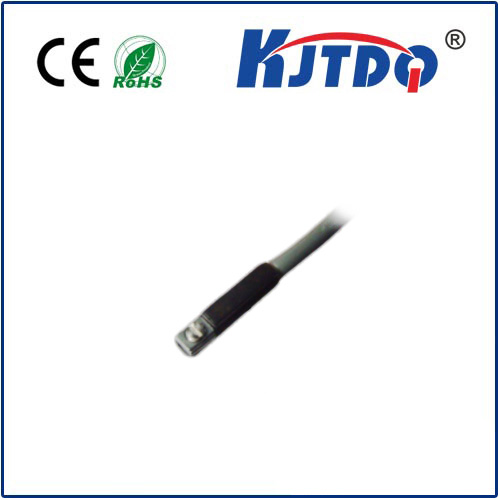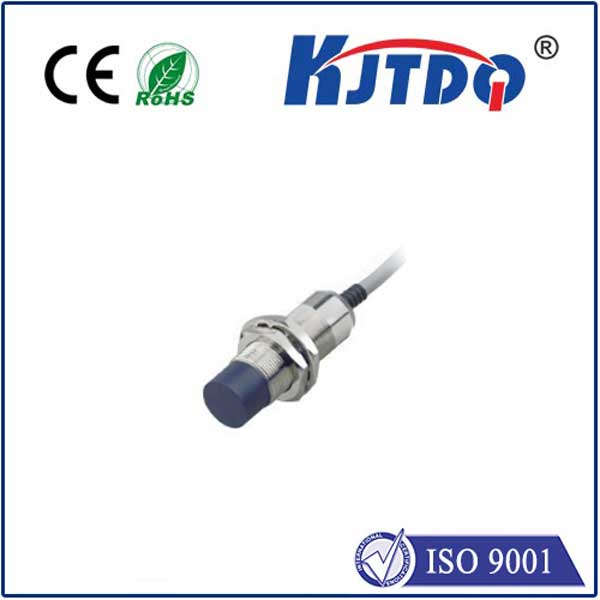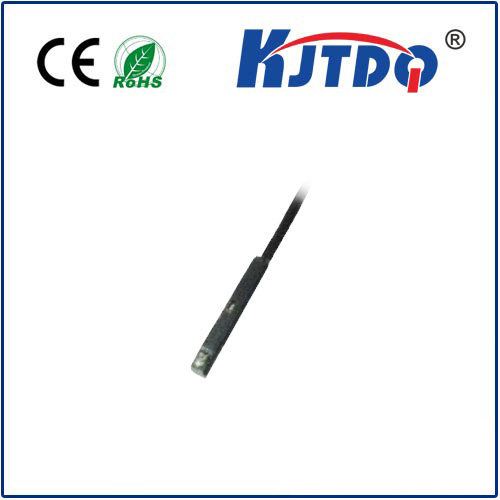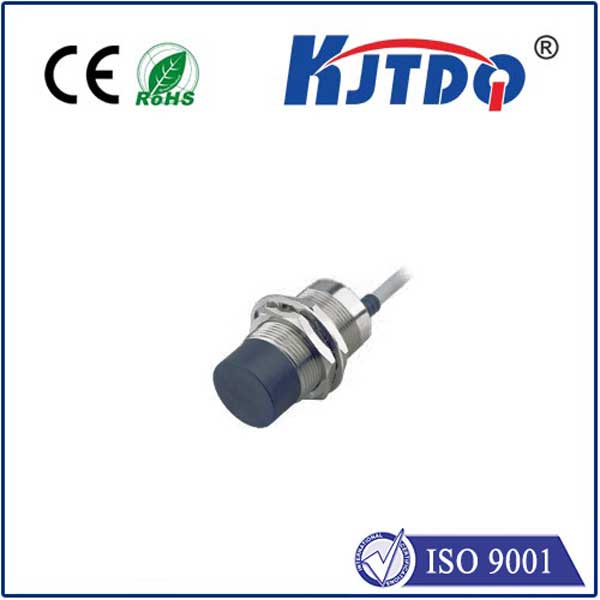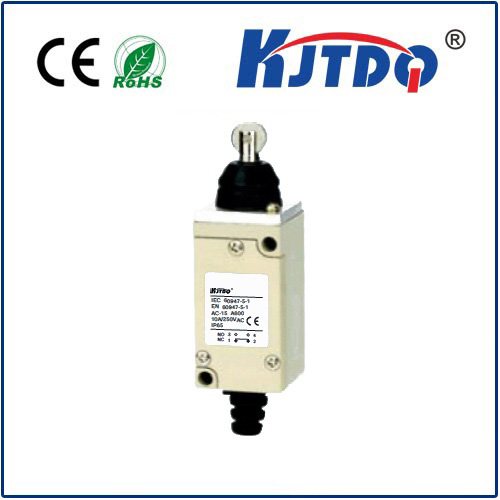infrared photoelectric switch sensor
- time:2024-10-16 03:38:46
- Click:0

Title: Understanding the Mechanism and Applications of Infrared Photoelectric Switch Sensors
Introduction
In the realm of automation and electronic sensing technologies, infrared photoelectric switch sensors are indispensable components. These devices have revolutionized the way we interact with machines and our environment, providing a reliable, contactless method for detecting objects and controlling processes. This article delves into the working principle, advantages, and diverse applications of infrared photoelectric switch sensors.
The Working Principle of Infrared Photoelectric Switch Sensors
At their core, infrared photoelectric switch sensors function by emitting an invisible infrared light beam towards an object. When this beam strikes the object, it is reflected back to the sensor. The sensor contains a photodiode that detects the reflected light, converting it into an electrical signal. This signal is processed to determine whether an object is present within the sensor’s field of view.
There are primarily two types of infrared photoelectric switches: through-beam and reflective. Through-beam switches require a separate emitter and detector unit on either side of the monitored area, while reflective switches incorporate both emitter and detector in a single housing and rely on the reflection of the infrared light from a target object.
Advantages of Infrared Photoelectric Switch Sensors
Infrared photoelectric switch sensors offer numerous benefits over traditional mechanical switches, including:
- Non-contact Detection: They do not physically touch the objects being detected, reducing wear and tear on both the sensor and the target objects.
- High Sensitivity: Capable of detecting tiny or transparent objects, as well as colors.
- Versatility: Can operate over long distances and in various environmental conditions, such as dusty, oily, or harsh chemical environments.
- Speed: Provide rapid response times, making them suitable for high-speed applications.
- Durability: Built to withstand rugged industrial environments and designed for long operational life.
Applications Across Industries
Given their robustness and reliability, infrared photoelectric switch sensors are employed across a multitude of industries for various purposes:
- Automation and Robotics: In manufacturing lines, these sensors ensure precise part counting, product presence verification, and quality control checks.
- Security Systems: Used in intrusion alarms, automatic doors, barrier gates, and access control systems for unmanned operation and enhanced security measures.
- Appliances: Incorporated into home appliances like dishwashers, laundry machines, and air conditioners for smart functionality and energy efficiency.
- Transportation: Applied in traffic monitoring systems, automated toll booths, and vehicle presence detection to improve traffic flow and safety.
- Medical Devices: Employed in diagnostic equipment and patient monitors for non-invasive detection of vital signs and other critical metrics.
Conclusion
Infrared photoelectric switch sensors represent a significant technological advancement with their ability to provide efficient, non-contact sensing solutions. With their wide range of applications and inherent benefits, they continue to be pivotal in propelling the future of automation, security, and many other sectors forward. As technology evolves, so too will the capabilities and implementations of these versatile sensors, further embedding themselves into the fabric of modern industry and daily life.





